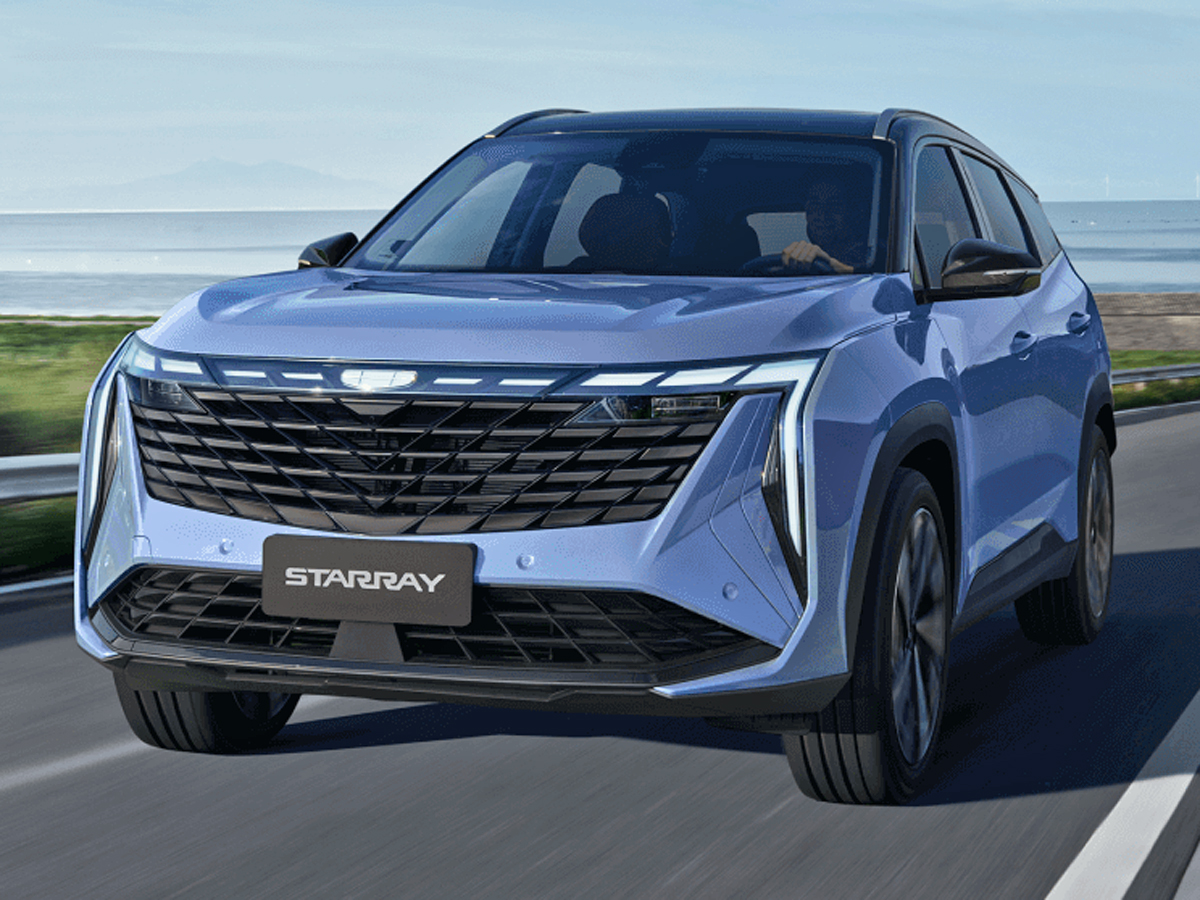Toyota Land Cruiser Prado vs Lexus GX: What Should You Buy?
The new Lexus GX will soon arrive in South Africa and it will look to steal sales from the new Toyota Land Cruiser Prado which is currently hugely popular in South Africa. Will the V6-powered Lexus GX ruffle the new Prado’s feathers when it arrives? Let’s take a closer look!
The Prado nameplate has been a huge success in South Africa and when the new J250 iteration of the Land Cruiser was announced, the hype was tangible and that hype translated into notable success for Toyota on local soil with no less than 2 341 units finding homes in South Africa since its arrival in July 2024.
In the same month, Lexus confirmed that its Prado-based GX was earmarked for introduction in South Africa and the newcomer is due in local showrooms in early April 2025. In fact, the GX was recently spotted at the recent Cars.co.za Awards Showroom held in early March 2025 at Mall of Africa in Gauteng!
Buyer’s looking for a capable premium offroad SUV will soon be faced with an interesting decision to make, whether to buy the Land Cruiser Prado or the new Lexus GX!
Here are some of the major differences to consider that will help you make your decision.
Toyota Land Cruiser Prado or Lexus GX: What looks better?
Styling is subjective and opinions will vary and while both models share a square-cut design, they do exhibit their own design identity.
The biggest difference is seen on the front-end design where the grille execution is distinctly different. The Land Cruiser Prado adopts a segmented grille design with both vertical and horizontal lines while the Lexus GX wears a more familiar spindle grille design that’s in line with the firm’s current design language. Note that the Prado can be had with a round (First Edition only) or slim LED headlight design while the GX wears a slim arrow-like LED headlight design.
Both models feature bulging and squared-off wheel arches but the Toyota is more generously dressed in plastic cladding. At the rear, the Lexus GX features a horizontal light bar as its defining feature while the Prado adopts a more conventional look.
You’ll have to decide for yourself what look you prefer most!
Engine Performance
| Toyota Land Cruiser Prado | Lexus GX 550 | |
| Engine | 2.8L, turbodiesel | 3.4L, twin turbo, V6, petrol |
| Power | 150 kW | 260 kW |
| Torque | 500 Nm | 650 Nm |
| Transmission | 8-speed automatic | 10-speed automatic |
| Fuel efficiency | 7.9 L/100km | TBC |
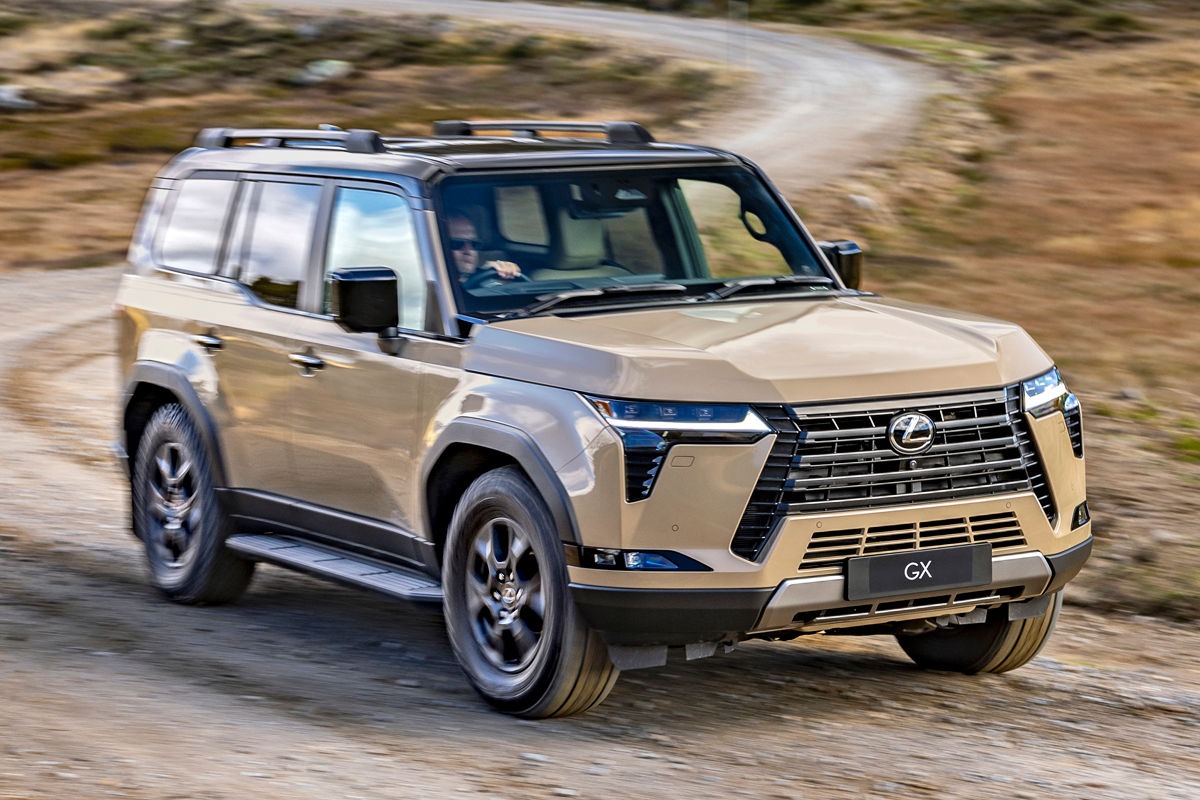
The Lexus GX shares its underpinnings with the Land Cruiser Prado, but differentiates itself with a powerful twin-turbocharged 3.4-litre V6 petrol engine that produces 260 kW and 650 Nm and comes paired with a 10-speed automatic transmission driving all four wheels.
Comparatively, the Toyota Land Cruiser Prado is powered by the familiar 2.8-litre turbodiesel engine, the same found in numerous Toyota products such as the Hilux and Fortuner, which produces 150 kW and 500 Nm in the Prado application. This engine is paired with an 8-speed automatic transmission driving all four wheels.
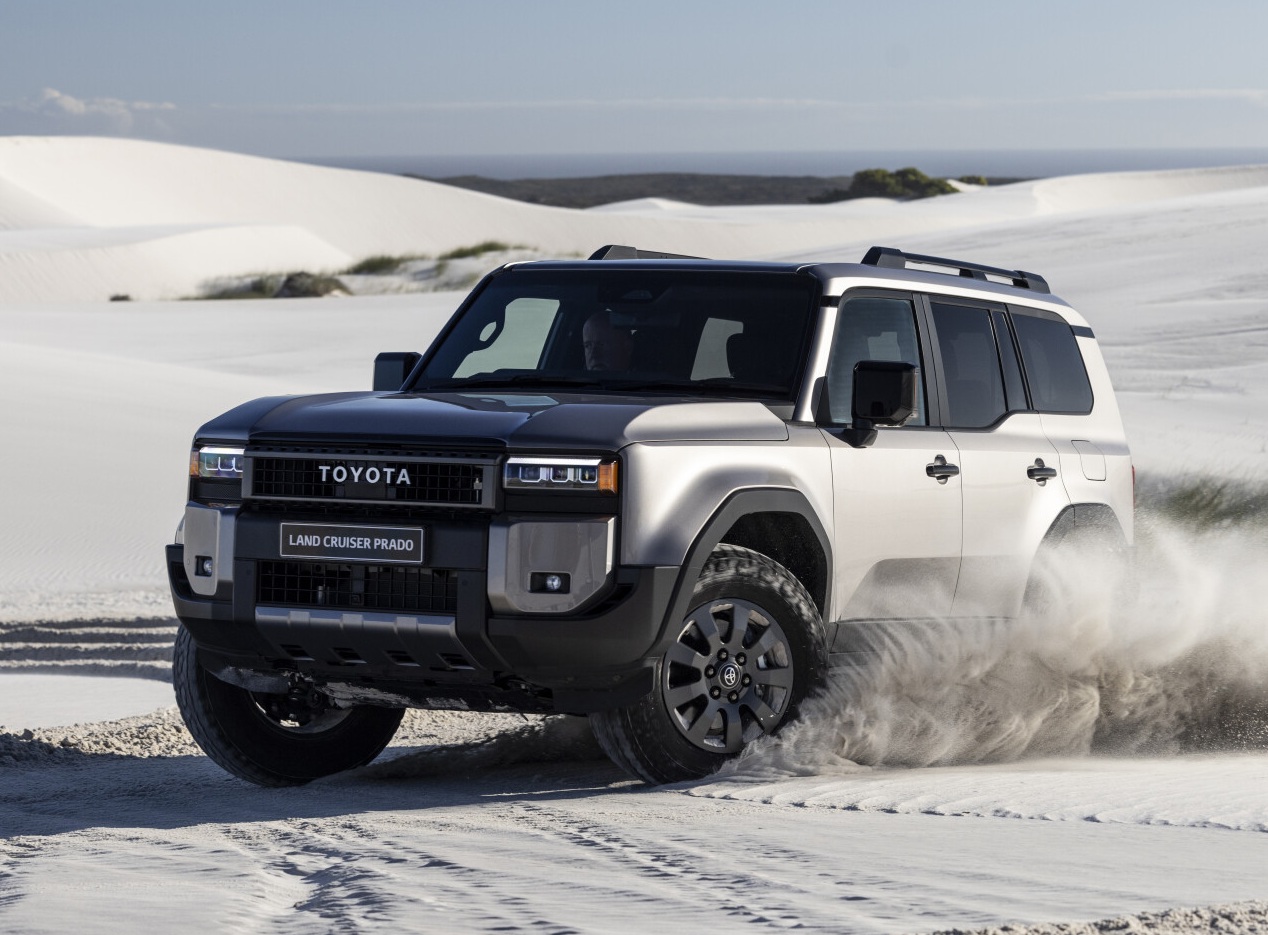
While we have yet to drive the Lexus GX on local soil, its on-paper outputs suggest that it will offer superior performance in terms of acceleration and pulling power. We will, however, reserve judgement until we have sampled the Lexus GX in the metal.
As for the Prado’s performance, it’s certainly acceptable for general-purpose-use and it’s likely to outshine the GX in terms of fuel consumption (if that matters to you) with Toyota claiming 7.9 L/100km and our real-world testing returning similar figures. The Prado does have a maximum tow capacity of 3500 kg but the GX, with more power and torque, will probably perform better when towing heavy loads.
Interior execution and features
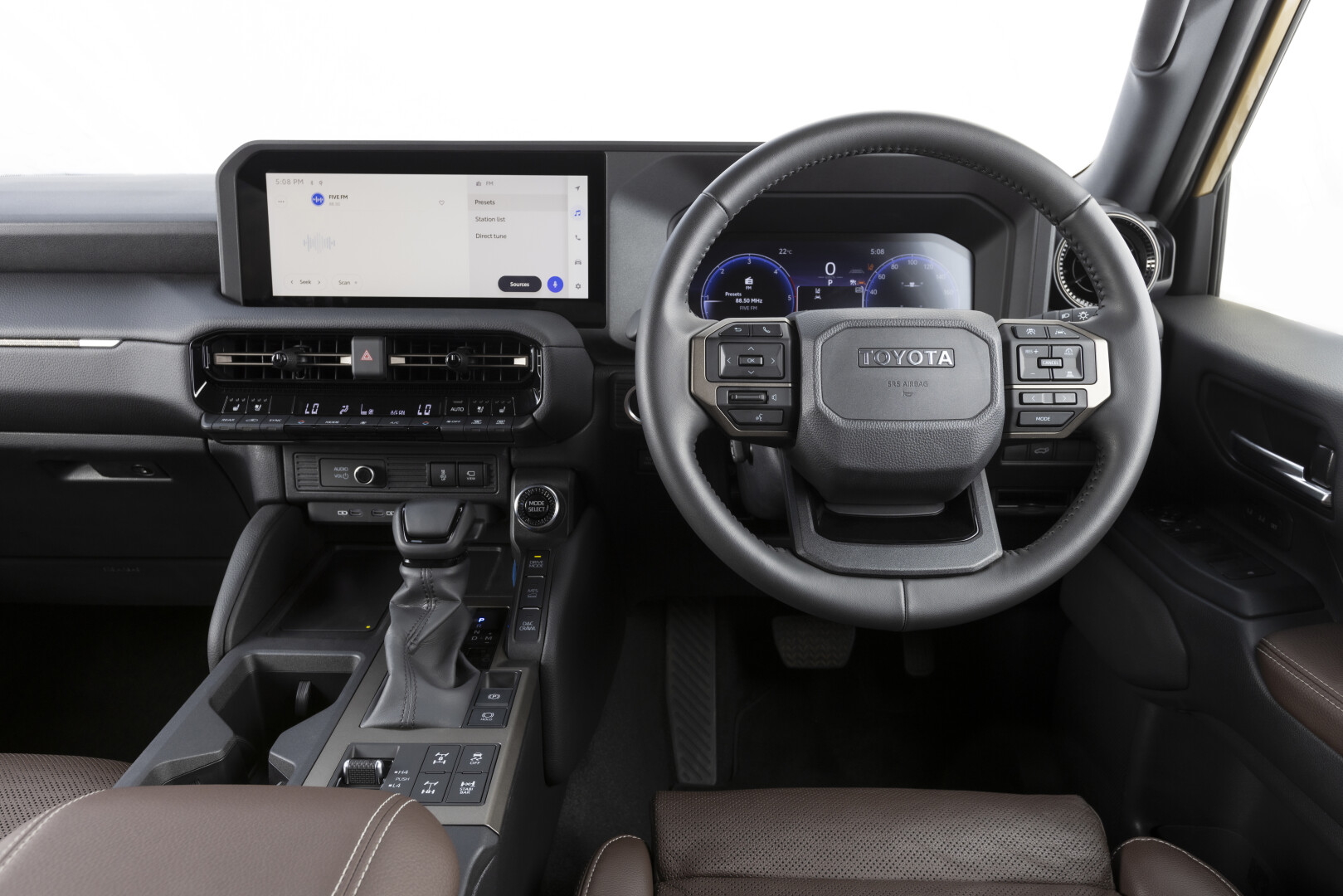
Moving inside, the Land Cruiser Prado boasts impressive perceived build quality along with most of the comfort features you’d expect from a car at this price point. Buyer’s can choose between the base TX trim line and the range-topping VX-R.
A central 12.3-inch infotainment system is fitted and depending on the grade, the Prado is also equipped with either a 9-inch (TX) or 12.3-inch (VX-R) digital instrument cluster. The Prado VX-R adds further nice-to-have features such as LED headlights with high beam assist, a moonroof, Head Up display, surround view camera, wireless charging pad, heated steering wheel and cooler box. A total of 9 airbags are standard along with adaptive cruise control, blind spot monitoring, lane departure warning with lane keeping assist and tyre pressure monitoring.
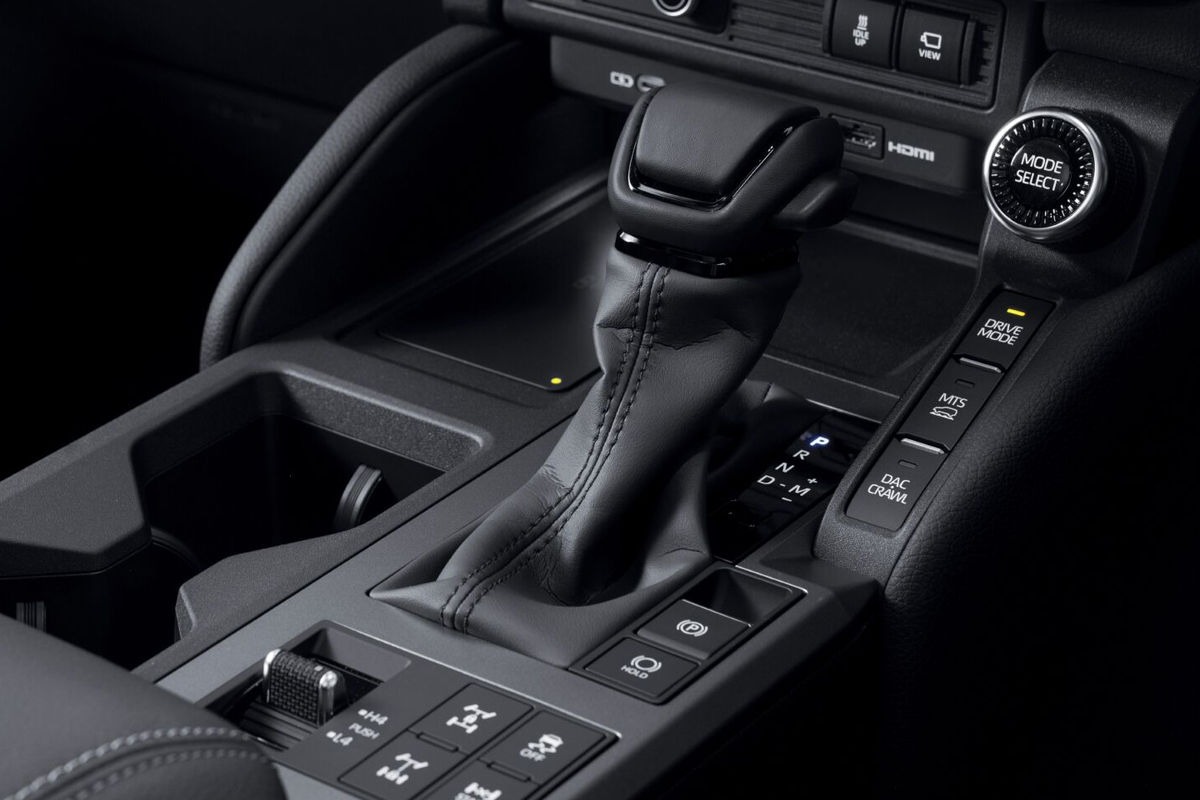
Compare specification between the Prado TX and Prado VX-R here!
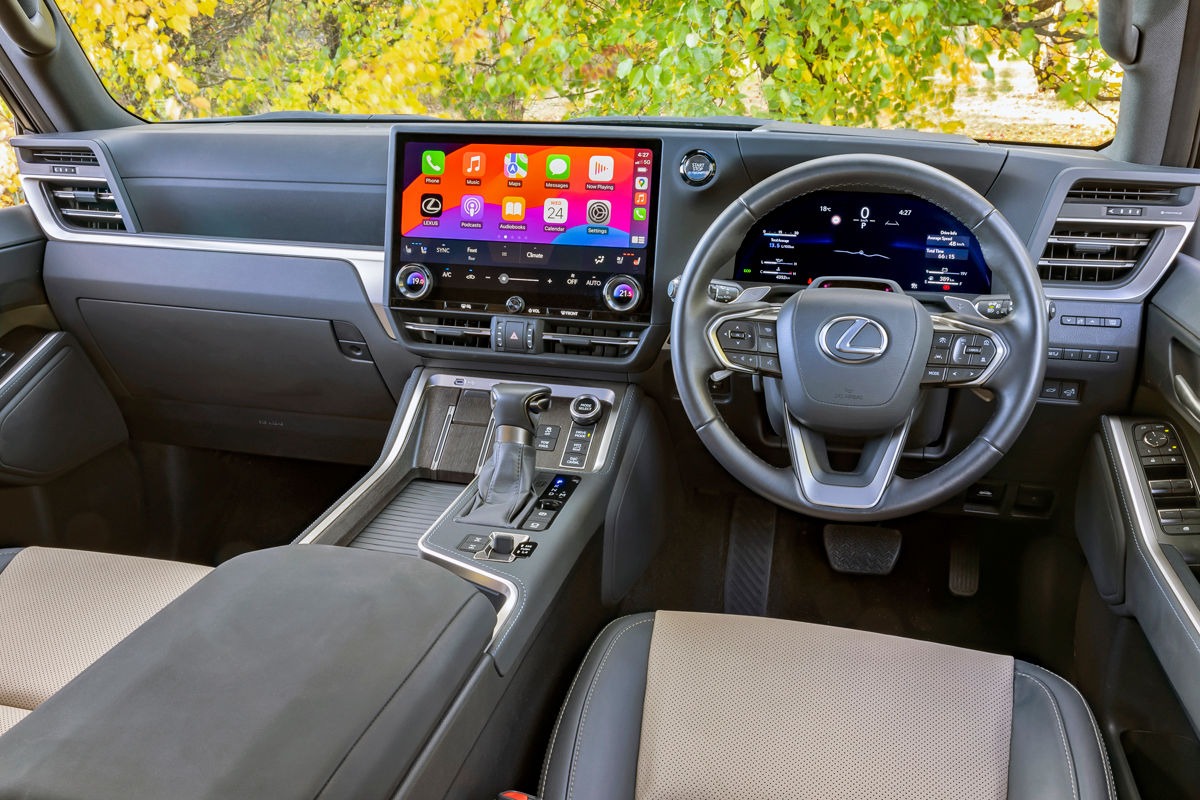
As for the Lexus GX, it’s our understanding that 3 GX derivatives will be available from launch including the GX 550 Overtrail (also with Bi-Tone derivative), GX 550 SE (road biased) and the GX 550 Overtrail Off-Road is expected to join the range at a later stage with specific 4×4 related features.
Standard features for the GX 550 Overtrail will include a 12.3-inch digital instrument cluster with head-up display and a large 14-inch touchscreen. Wireless charging will also be standard for the Overtrail grade as well as a tilt-and-slide moonroof, multi-terrain monitor, 10-speaker sound system, wireless smartphone charging, a refrigerated cooler box, faux-leather upholstery and electrically adjustable and heated-and-ventilated front seats.
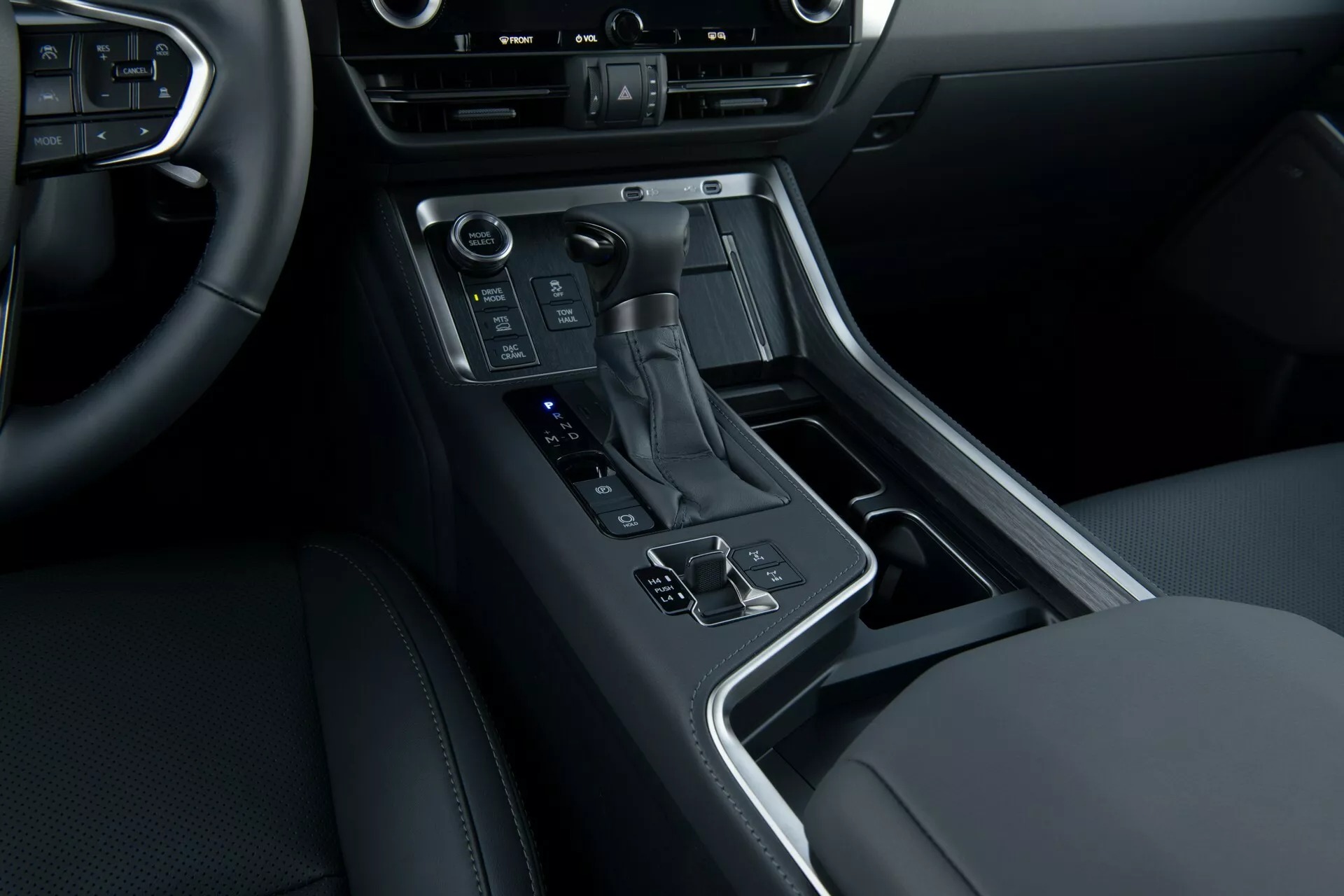
The road-biased GX 550 SE gains features such as 21-speaker Mark Levinson sound system, semi-aniline leather upholstery, a front-seat massaging function, 2nd-row seat heating, a fixed panoramic glass sunroof, panoramic-view monitor, a digital rear-view mirror and automatically deploying side steps.
We have yet to drive the GX, but we expect build quality to be excellent as is the Lexus standard but we’ll have more information to share in early April 2025 from the local launch.
Dimensions, Practicality and Off-road Features
See specification details for the Toyota Land Cruiser Prado range here
The Lexus GX will be listed on Cars.co.za closer to launch.
| Toyota Land Cruiser Prado | Lexus GX | |
| Length | 4 925 mm | 5 015 mm |
| Width | 1 980 mm | 1 980 mm |
| Height | 1 935 mm | 1 925 mm |
| Wheelbase | 2 850 mm | 2 850 mm |
| Ground clearance | 216 mm | 215 mm |
| Approach angle | 30° | 26° |
| Departure angle | 17° | 21° (SE) 26° (Overtrail) |
| Breakover angle | – | 24° |
| Wading depth | – | 700mm |
| Low Range | Yes for both Prado TX and VX-R | Yes for both GX SE and Overtrail |
| Differential Locks | Prado TX – Limited-slip Rear only Prado VX-R: Limited-slip Centre + Rear | GX 550 SE – Centre differential lock GX 550 Overtrail – Limited Slip Rear + Centre |
| Offroad driving system | Multi-Terrain Select with Multi Terrain Monitor | Multi-Terrain Select with Multi Terrain Monitor |
| Towing capacity (braked) | 3 500 kg | 3 500 kg (Overtrail) 3 150 kg (SE) |
Practicality Summary
The Land Cruiser Prado and Lexus GX share the same ladder-frame underpinnings and are therefore near-identical when it comes to dimensions and practicality. They even share the same offroad hardware with Toyota’s Multi Terrain Select system featuring in the Lexus too.
We recently tested off-road capability of the Land Cruiser Prado VX-R against the Tank 500 and we came away impressed by not only the Prado’s offroad ability and offroad refinement but also the responsiveness of its offroad systems to demanding terrain. For further insight, we suggest that you watch the video comparison below!
We’d imagine that the Lexus GX 550 will offer similar levels of offroad ability but if you intend to do serious offroading, it might be worth waiting for the 4×4-focused GX Overtrail Off-Road to reach South Africa.
Pricing and Warranty
| Toyota LC Prado | Price | Lexus GX | Price | |
| Base | Prado LX | R1 315 700 | GX 550 Overtrail GX 550 Overtrail Bi-Tone | R1 766 000 R1 766 000 |
| Top | Prado VX-R | R1 470 600 | GX 550 SE GX 550 Overtrail Off-Road | R1 829 000 R1 867 000 |
| Warranty | 3-year / 100 000 km warranty | TBC | ||
| Service Plan | 9 services / 90 000 000 | TBC |
Buy a used Toyota Land Cruiser Prado
Note that the Lexus GX is not yet listed for sale in South Africa.
Final thoughts
The major difference between the Land Cruiser Prado and incoming Lexus GX is under the bonnet! We suspect that many buyers will be interested in the GX’s V6 performance and that alone might be enough to convert a few would-be Prado buyers into Lexus GX owners.
With that said, we don’t think that Prado-loving 4×4 enthusiasts will be tempted to buy the Lexus GX, not only because it’s more expensive but perhaps because the GX might be perceived to be more of a luxury fashion accessory than a serious off-roader, even if it shares Toyota’s off-roading hardware.
Toyota, as a brand, has a strong 4×4 legacy and an undeniable reputation for ability and reliability. Comparatively, Lexus is known as a luxury brand and so the Lexus GX will be targeting a different customer, with particular tastes and needs.
The Lexus, however, with 110kW and 150Nm more oomph on offer, represents a compelling alternative to the Prado and it will be interesting to see how well the GX will be received locally when it arrives in April 2025. Don’t be too surprised to see the Lexus GX hopping pavements in Sandton soon!
Watch this space!












































































